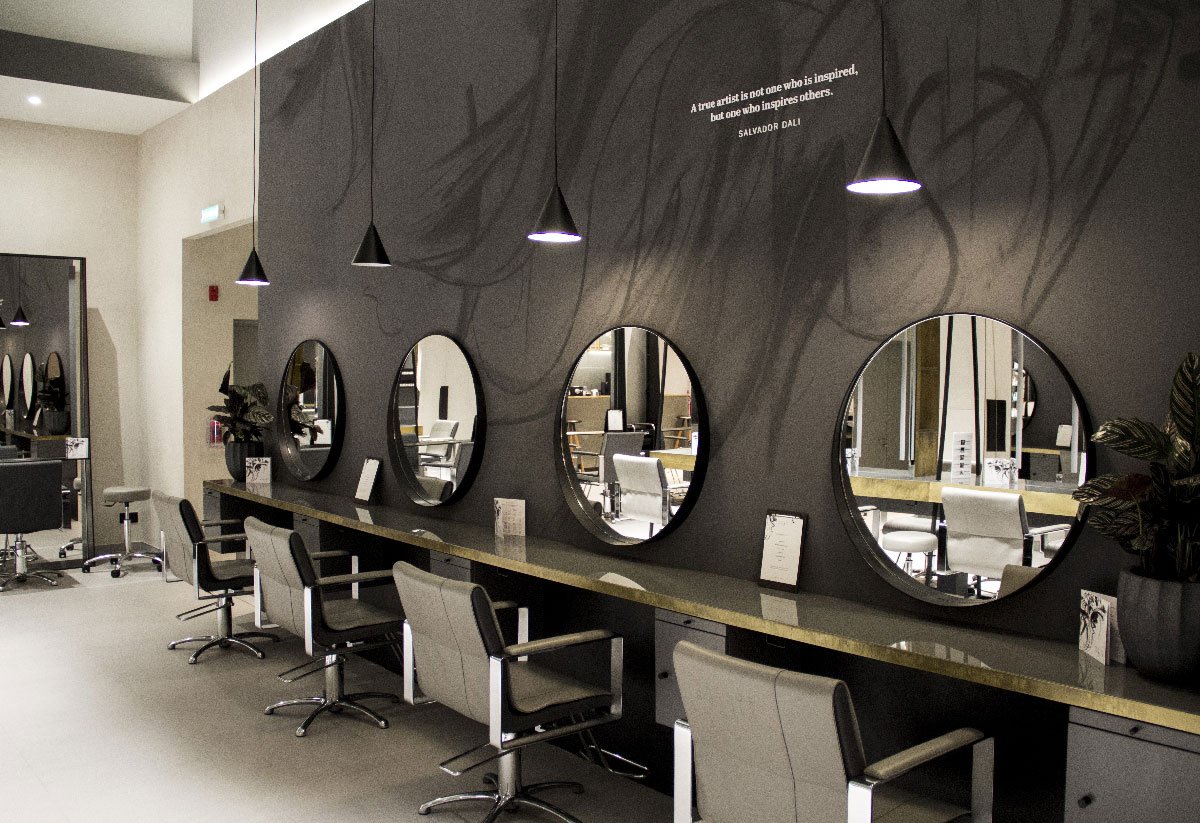INSIGHT
What are the advantages of transcreation in crafting global retail appeal?
Global retail and hospitality companies are often concerned about how they can effectively translate their concepts and brand experiences into new markets and cultures. Our clients want to ensure that they can preserve the essence of their brand experience whilst they achieve global presence. They also want to be confident that their concept is creatively translated in a way that resonates with their local target market.
Introducing Caulder Moore's unique approach to hospitality and retail creative translations
Because of our unique way of working, we always, and in every instance, undertake a deep brand immersion in the home market of the brand to fully understand the brand culture and the thinking behind the experience that the brand has created. At this stage we seek to gain a sense of how much the brand image and experience has to adapt to the new market in terms of creative translation.
In some instances, for example, with our work with the USA based brand Guess, they saw the benefits of an elevated brand position in Europe. They also simultaneously wanted to amplify the West Coast, Californian spirit of the brand, to clearly differentiate, and be seen as distinctive from, the many USA brands that has launched in Europe that were East Coast in their origins. This immersion stage is key to creating a robust brief that benefits the brand's future international commercial objectives in achieving a global presence. It also helps to balance creative translation nuances whilst remaining true to the brand whilst emphasising emotional encounters and lasting memories.
Understanding the target market
A literal design translation is often just a direct creative translation which takes no account or sense of how the brand will be perceived in the new local market. A common mistake is to assume a level of brand awareness that may simply not exist. This can often be as rudimentary as the consumers in the new market not understanding the pronunciation of the brand name. We know of certain instances where the new market entry failed not only because of low brand awareness but also because of language barriers, the new audience were uncertain of how to pronounce the brand name.
The role of cultural insights in creative translation
A good example of a successful brand creative transcreation was the entry and translation of the Danish bakery brand Lagkagehuset to the UK market. The original name and word would have been a challenge for UK consumers, but they used a new name, Ole & Steen, which, as we know is a concept that has been warmly embraced by UK consumers in a language the UK target customer understands. They also elevated the customer experience to a more sophisticated, stylish interpretation which played to, and benefitted from, the UK target customer perceptions of Danish design in an entirely relevant way.
Shopfront facade for Ole & Steen Bakery in Richmond
This emphasised the crucial importance, and benefits of, truly understanding the audience's culture, market and target language for successful creative transcreation in opening up a new and growing market for the company and optimising sales.
Caulder Moore case studies highlighting successful transcreation strategies in the global and hospitality sectors.
Gina Shoes - understanding the target audience
Gina is a long standing client of ours, a luxury footwear business, based in London, a creative translation, and nuanced approach was required in respecting the cultural factors, and different ways of shopping in their key market of the Middle East. We had to adapt the concept to take account of the fact that the target audience in this market required greater privacy, and shop more in larger social groups.
Middle Eastern women also have greater time at their disposal, so there was significant benefit in creating larger seating zones to encourage longer dwell times to increase sales.
Comfortable lounge seating at Gina Shoes
Thameen - designing for target audience's culture
In our experience, companies must demonstrate a willingness to be open to adapting brand design language to the new market in order to not only avoid cultural missteps but also benefit from enhanced message effectiveness. Another good example is Thameen, a London based luxury fragrance business, who also have a strong presence in the Middle East. We embraced these cultural differences into the design by embedding both Eastern and Western influences within the concept. Working closely with them so that the creative translations of the concept benefited from enhanced customer engagement and increased sales.
Striking arched entrance to Thameen store in Dubai
Extended choice of seating in Thameen store in Dubai
Comfortable private seating area, Thameen store in Dubai
Trevor Sorbie - adapting to international markets
A very good example of transcreation in action was the evolvement of the Trevor Sorbie brand and hair salon experience. We created the new brand concept for the business and effected the creative translation of the concept to 2 very different markets and cultures. The creative brief was to translate the concept in two very different markets and cultures, one a local salon in a neighbourhood area of Bristol, and the other in Dubai Mall. In both instances we stayed true to the core brand spirit of artistry and maintained the importance of socialising and the integration of hospitality services in both sites, but the Dubai site, simply because of its scale benefits from a stronger presence of hospitality, which also played well to the cultural context. The design is notable different yet recognisably the same brand. In Dubai, we scaled up the glitz and glamour to play into the mall aesthetics and in Bristol we focused in on the location's edgy art style.
Spacious and artistic - Trevor Sorbie hairdressing salon in Dubai Mall
Adding a glamorous touch to salon style - Trevor Sorbie hairdressing salon in Dubai Mall
Scaled down salon design playing on Bristol's edgy style - Trevor Sorbie hairdressing salon in Bristol
Swiss Butter - moving away from a literal translation
We collaborated with Swiss Butter in the translation of the first concept outside of their well established Middle East home market, in Europe. This required a careful balance of respecting the established signature features of the brand experience and concept, and taking into account the cultural factors, and audience in the London market. A literal translation, without taking into account these influences would have significantly reduced the success of the business in this important venture. A key factor here was the significant benefit in enhancing the presence and extent of the bar area in London.
Dramatic copper bar in Swiss Butter, London
Extended bar seating area in Swiss Butter, London
Implementing Transcreation authentically in Business Strategies
Having a clear strategy into how a business can benefit from transcreation, and a thorough understanding of the nuances of the individual target audiences vary culturally worldwide is essential. It is equally as vital that the process of creative translation focusses on preserving the authenticity of the brand, staying true to the original brand codes and creative spirit of the business, so that each target audience has a clear sense of, and recognition of the brand, resulting in emotional engagement with the brand message, and helping the business to benefit from a stronger global presence.
Conclusion
Final thoughts are that businesses seek out new markets and new potential customers need to take into account that a literal translation may not be adequate and appreciate that local context and cultural factors will influence the creative brief, and marketing message.










